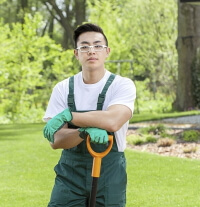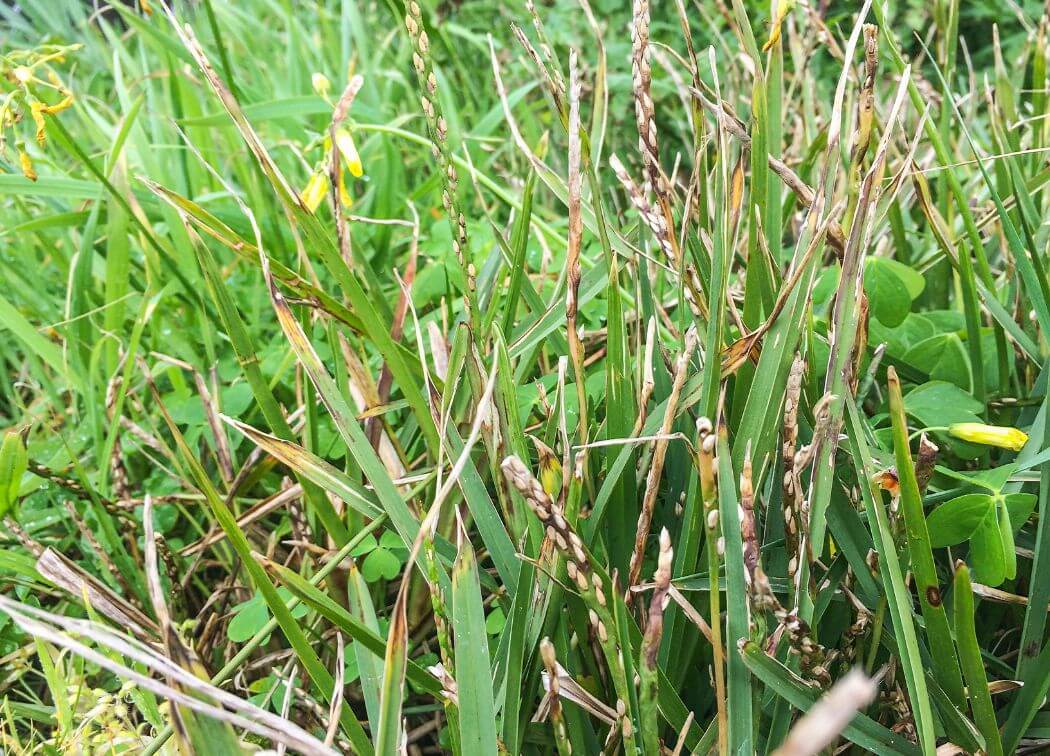St. Augustine grass lawns, most commonly found in South Texas, can develop brown spots all over the yard if it is not properly cared for and maintained.
Excessive fertilizer application, turf diseases, and pest invasion are the most common causes for St Augustine damages, your lawn can shift color and make it seem dead. Although, you can bring it back to life, here is how:
To restore St. Augustine lawns, try watering grass blades regularly and the rest of your lawn. Eliminate grub worms and other pests like chinch bugs. Through sufficient watering, root rot can be avoided with grub and chinch bugs control as they tend to kill the Augustine grass quickly.
Let’s discuss the topic further and understand the different ways to restore the damage done to your St. Augustine lawn!
The St. Augustine Turf: Cause of Death
The main reasons why St. Augustine grass fails to thrive are a lack of water, lawn diseases, and poor soil quality.
While it is feasible to revive dying grass for a short amount of time, you must first determine what the causes might be.
Reasons Why St. Augustine Grass Dies
Like many plants worldwide, they can die from improper maintenance.
However, there are specific methods on how St. Augustine grass can die. The following are why there could be dead St. Augustine grass on your lawn.
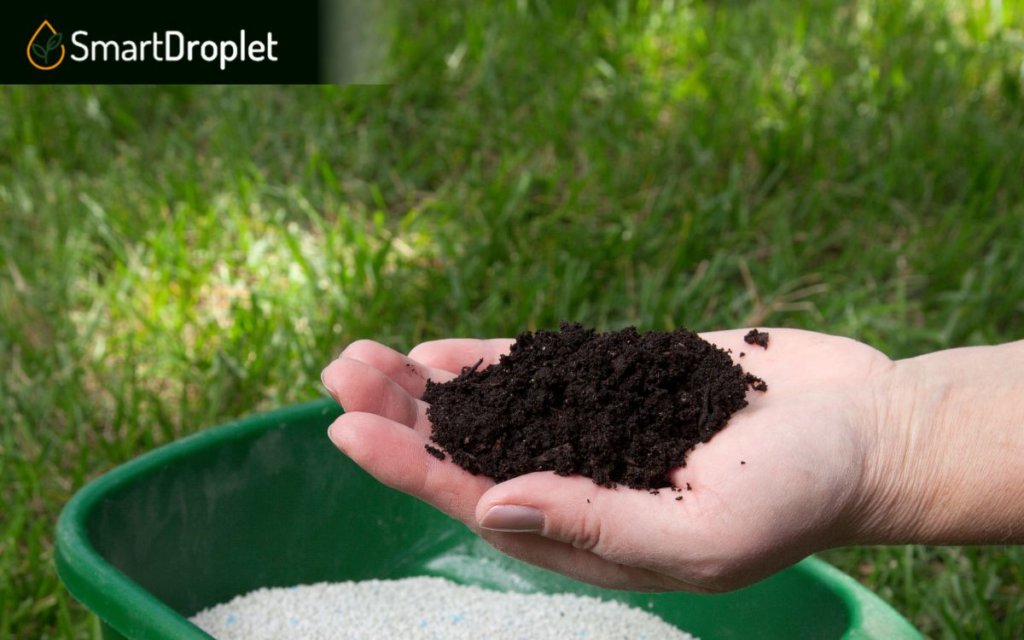
1 – Applying Excessive Fertilizer
Fertilizer burn occurs in the grass blades if there’s too much fertilizer added to the St. Augustine grass. However, the right type and amount of fertilizer can help you to achieve a more healthy St. Augustine grass.
An overdose of nitrogen fertilizer per square foot is a significant cause of dying grass.
Because you want your grass to grow quickly, there’s a risk of fertilizer burn on your lawn if you’re using too much nitrogen fertilizer.
You’ll also see a brown patch over your lawn aside from the burn.
2 – Lawn Diseases
If you have lawn issues like dead St. Augustine grass or if it appears to be fading, several diseases might be causing it.
Various diseases could affect your Augustine grass, like brown patch disease, gray leaf spot and take-all root rot.
During fall or spring, warm and humid weather could result in a brown patch in your Augustine grass. These are the conditions in which brown patches grow deep.
Gray leaf spot infiltration on your lawn is another possibility to look out for. Due to warm or heated temperatures, causing the lawn to have dead patches and dead grass.
If you leave your lawn unattended the moment you notice the diseases, irregular patches might show.
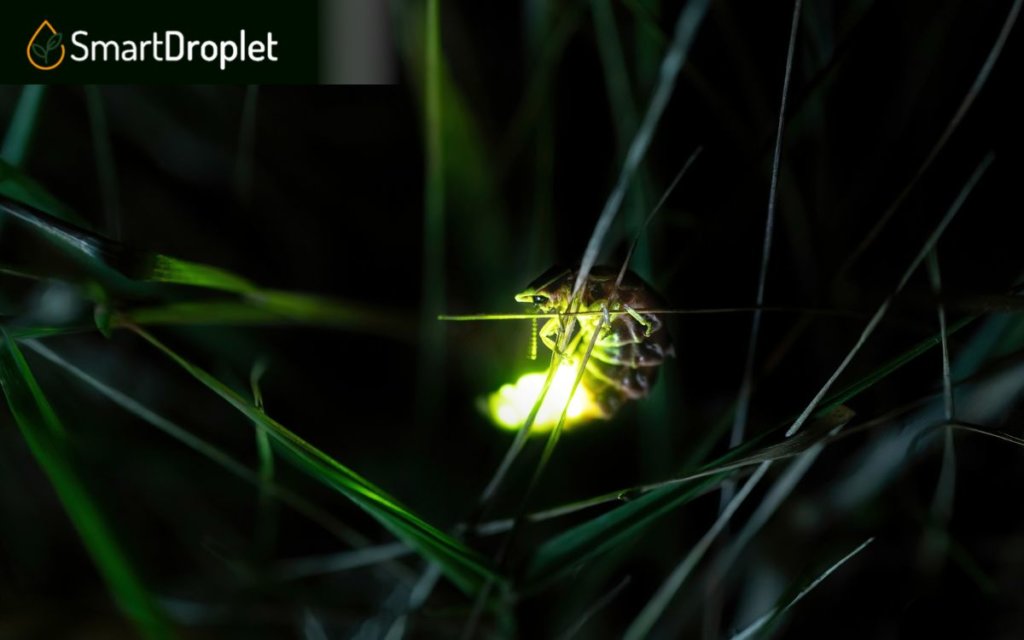
3 – Pest Invasion
The early fall and summer seasons are where grub worms and chinch bugs infest your lawn. Pests attacking your yard is one of the most common reasons you have dead grass.
White grub worms charge onto the grassroots, blocking them from drawing water and the soil’s nutrients, killing them. During spring, grub control insecticides can be used.
Chinch bug damage is another prevalent sign of St. Augustine grass problems. Chinch bug control must be implemented.
Often found in southern lawns, these pests cause harm in irregular-shaped dead and withering grass caused by chinch bug infestation.
Lawns hit by pest invasion can be cured if you can catch it early. The moment you see grubs and chinch bugs float, reviving St. Augustine grass.
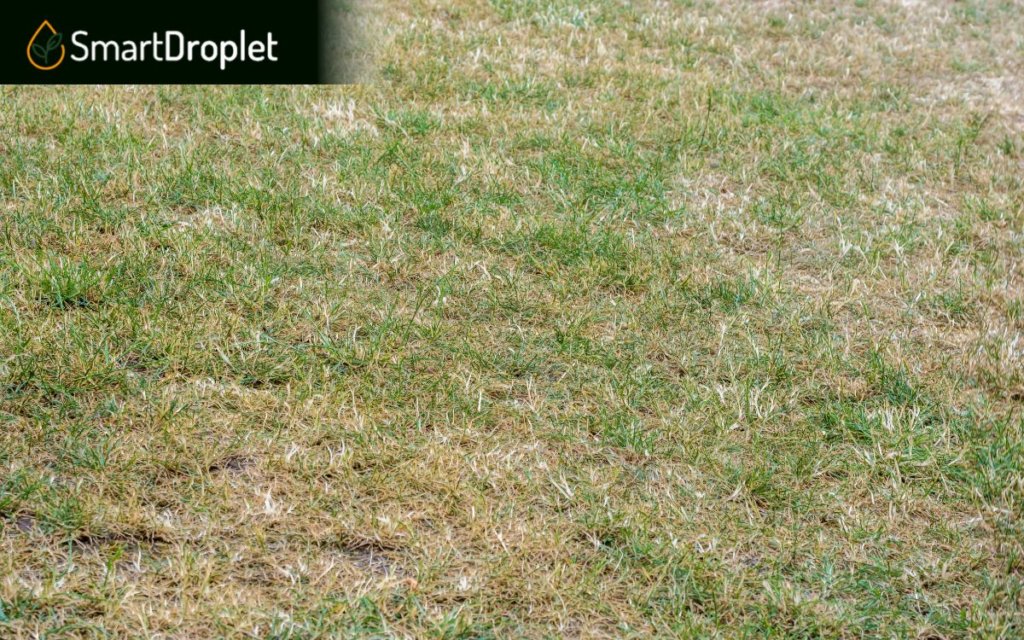
4 – Stress Caused by Drought
Drought is the partner of summer. One cannot exist without the other. You can’t always rely on the rain for your lawn care, and when drought stress occurs, you see a lot of dead grass.
Rest assured that your St. Augustine grass may still thrive when regularly watered, about twice a week.
Otherwise, brown patch disease appears when hit with drought stress, and the healthy lawn becomes inactive and will eventually wither within 6 weeks.
By quickly taking action, your Augustine grass has a chance to be saved by watering it sufficiently with an oscillating sprinkler that distributes water evenly.
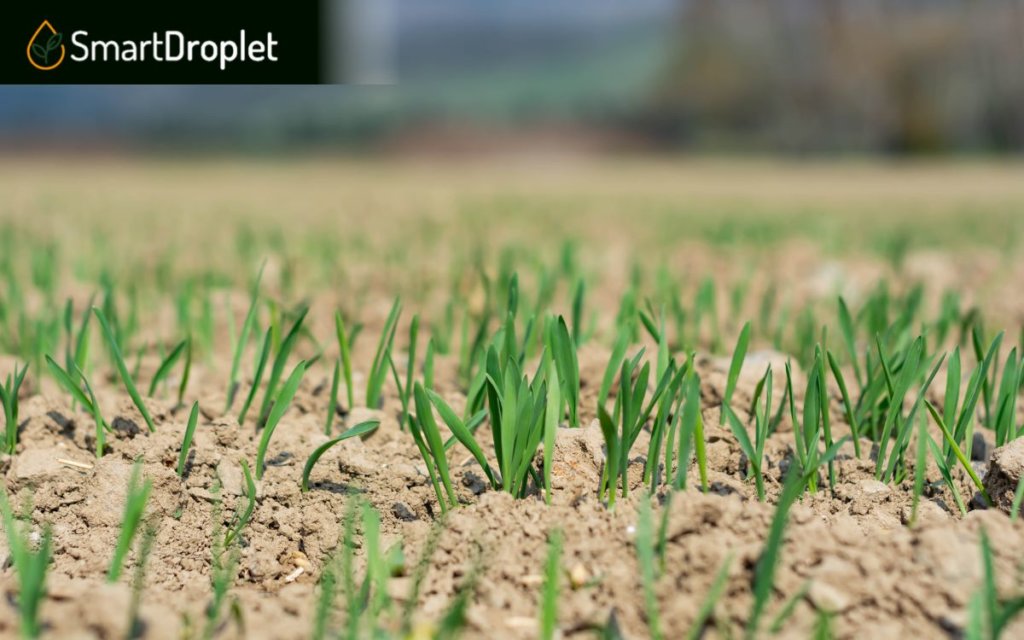
5 – Poor Soil Quality
If your St. Augustine grass is dying, it may be due to poor soil quality.
When there’s a thin layer of topsoil full of materials like gravel, huge rocks or heavily compacted clay soil, your Augustine grass is in danger.
There might be wilting because the Augustine grass wasn’t watered enough, and there’s a severe lack of nutrition.
With grass growing and having shallow roots as they turn lush green, brown grass results from it.
While treatment may help bring back the life lost, you need to do a soil test first to help them grow green again.
With the help of soil tests, you can figure out which nutrients might be lacking and which soil type you should use next time for the grass’ healthy growth.
To Revive St. Augustine Grass Is a Must
Restoring a dead St. Augustine grass lawn is possible with the correct lawn care. If you source the browning right, it will be possible to revive St. Augustine grass.
Spring is usually the perfect time for the maintenance of home lawns. For faster spread and thicker grass blades, homeowners trim their lawns with the right mowing height.
If the St. Augustine lawn seems dead and has bare spots for 3 to 5 weeks, it can still be restored. Take all root rot and grass clippings and replace them with new sod/grass seed.
However, it might be too late to revive St. Augustine grass if the drought stress lasted longer than 3 to 5 weeks since it has been dead grass down to the roots.
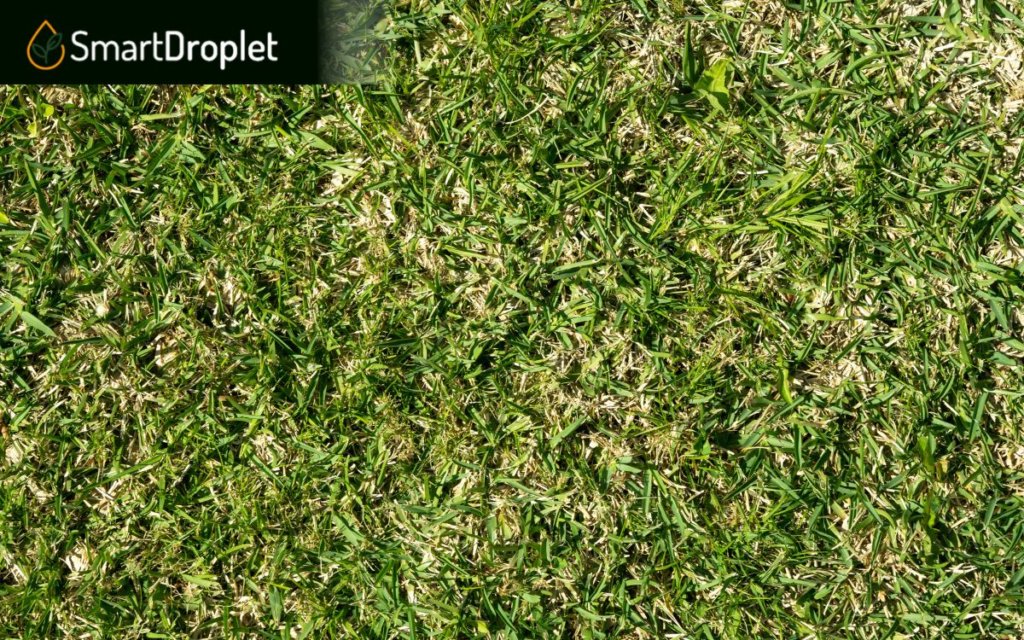
St. Augustine Grass Revival 101
You need to confirm if you can revive St. Augustine grass by examining if it is really dead or just dormant that needs lawn care.
Before ripping up your old lawn and replacing it with a new one, check to determine if the grass is genuinely dead or only dormant and can be revived.
Follow these steps to keep your lawn healthy:
1 – Water the St. Augustine Grass Regularly
St. Augustine grass may die after prolonged hot and dry weather periods. Watering it three times a week is the greatest approach to bring it back.
The grass might turn brown and die after exposure to extremely hot weather. Unless you diligently water them, they will stay alive.
To get the correct amount of water for your turf, water it thoroughly. St. Augustine grass needs around 34 inches of water two times a week.
Make sure the water reaches the roots of the dying grass. It will help the regeneration, and after 3 to 4 weeks, the grass will start thriving again.
Sometimes, you also notice that the grass will turn yellow. It is because of the nitrogen drawn out of the soil after a certain period of rainfall.
2 – Soil Quality Must Be Improved
For enhanced lawn care, making changes to the quality of your soil is important.
Your lawn needs a good kind of soil for the grass to grow healthy and produce a nice color. Conduct a soil test first before plotting what to do with the soil.
This type of grass prefers well-drained soil. That’s why there shouldn’t be any compaction nor heavy thatch present.
Check if your yard’s soil is potent enough to grow St. Augustine lawns. Your soil has to have 5% organic matter for the grass to recover well.
Place a small amount of topsoil on the lawn and water it to offer a healthy environment for the grass to grow in.
A healthy lawn begins by improving the soil where they’re supposed to grow. Clay soil may not be a safe option because it will kill your grass.
3 – Free the Lawn From Thatch
If there’s a thick layer of thatch on your lawn, it will choke away the grass, which might lead to a slow death.
A thick thatch is also a breeding ground for pests and disease-inducing organisms, resulting in winter kills.
Aerating is necessary to prevent the suffocation of the grassroots. Take out the thatch in your grass to allow the passage of nutrition upon feeding.
4 – Plant New Grass Seed
Bare spots begin to show the moment your grass dies. If that’s the case, intense lawn repair might be impossible.
However, you can do an overhaul and start over. Rake over the dead grass found on the bare patches so that they can be eliminated.
Instead of removing the existing sod, plant new plugs onto the bare areas, then feed and water them properly.
Conclusion
With the right knowledge and proper care, the lawn where your St. Augustine grass is will be free of chinch bugs, grub pests, brown patches, etc.
Paying attention to the signs your lawn might show is key to preventing the negative effects of neglecting a lawn.
Frequently Asked Questions
These are some of the most asked questions about maintaining a St. Augustine lawn.
Can St. Augustine Grass Endure the Cold?
The St. Augustine grass is neither drought nor cold tolerant. Regardless of the temperature conditions, it still needs careful maintenance to remain healthy.
The grass will surely suffer when the temperature drops into the 30s range and fertilizing it can help the grass withstand the extreme cold and be spared from the winter kill.
It won’t die that quickly as long as the grass has been boosted enough to resist the cold.
Is the St. Augustine Grass Shade Tolerant?
According to lawn experts, even excessive hot conditions may make the grass turn brown, so occasional shade is okay for your lawn.
In this case, however, St. Augustine grass cultivars are very resilient to shade so you can get your hands on one of them.
‘Seville’ and ‘Delmar’ are examples of cultivars that are shade resistant and can impressively withstand more or less six hours of unfiltered sunlight.
Other similar cultivars include Sapphire, Palmetto, and Bitter Blue.
How Do I Get Rid of Augustine Grass Fungus?
Overly encouraging your grass to grow may attract more fungus to your lawn. The farther their growth, the harder they are to get rid of.
Carefully apply fungicide on your lawn while wearing protective gear. The easier option would be to hire a pro to do it for you.

